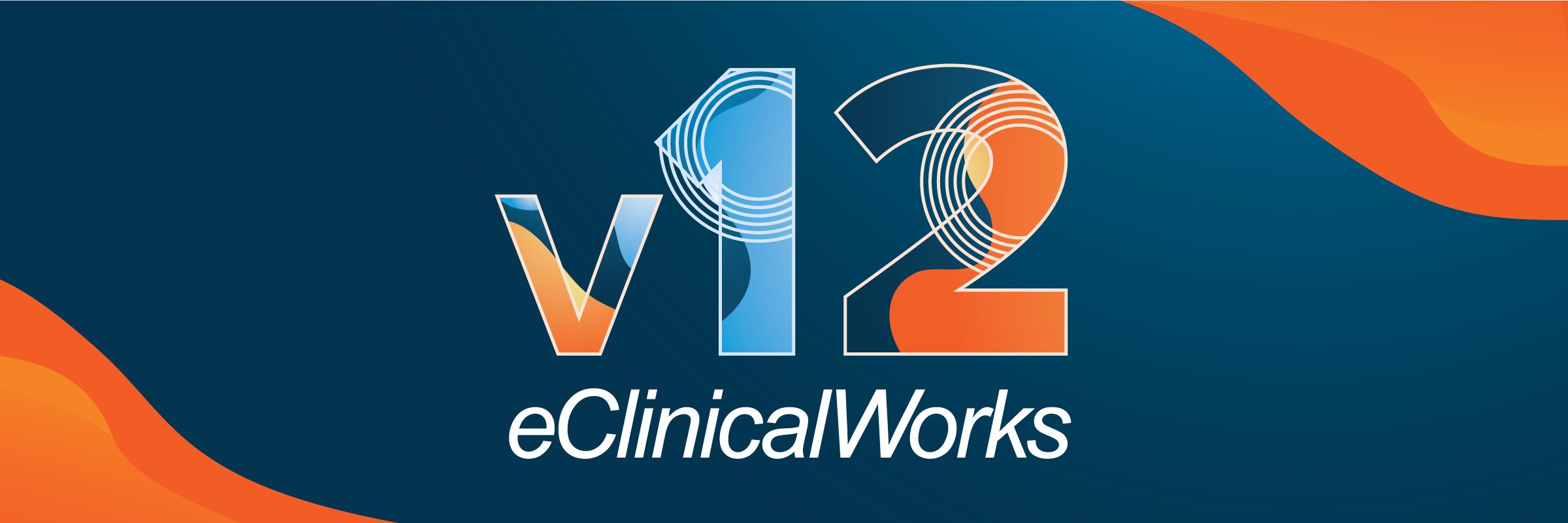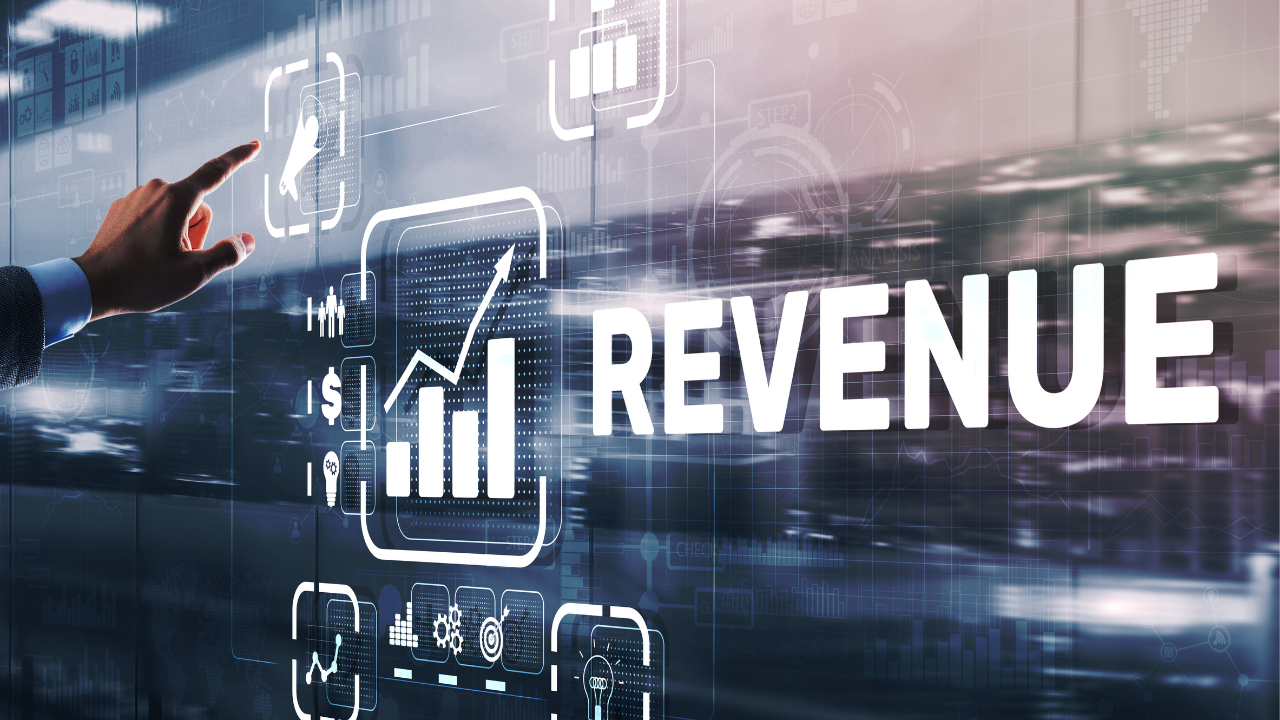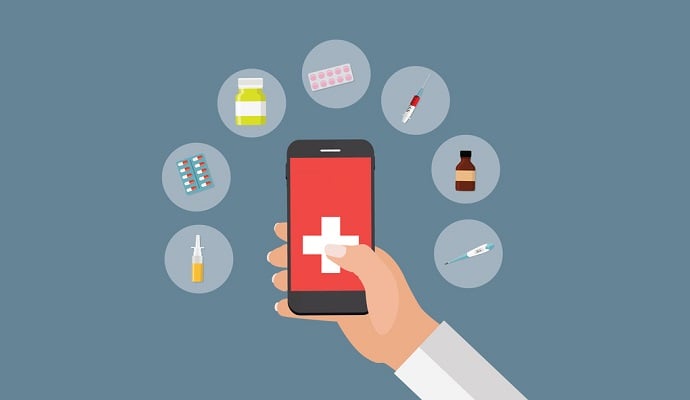It is once again the time for PPP loans. Last year, we saw a lot of new things happening. To start, March 2020 introduced the original PPP Loan Program, officially a part of the CARES Act. To refresh your memory, the PPP is a $350 billion forgivable loan program for small businesses, which ended up successfully helping many small companies to stay afloat during the rampant spread of Coronavirus.
At the end of the year, December 2020, Congress passed the second relief package, Consolidated Appropriations Act. CAA allocates $284 billion dollars to PPP loans and includes significant changes to the program. The PPP provisions are in The Economic Aid Act and are available for First Draw and Second Draw borrowers. The loans will continue to be dispersed through March 31, 2021, or until funds run out, whichever happens first.
This article will focus on the details of PPP2 to give you a better grasp of what's going on and what it could mean for you.
Who is Eligible for PPP2 Funding?
The PPP Loan has special rules required to be eligible for the "Second Draw."
- Applicant must have 300 or fewer employees.
- All applicants must have been in business no later than February 15, 2020
- Applicant must have received first round of PPP loan and exhausted all PPP 1 funds (or plan to spend). Loan forgiveness submitted or received is not a requirement.
- Applicant must have experienced a 25% reduction in Gross Receipts when comparing a 2020 quarter to the same quarter in 2019. Alternatively, applicants may compare Gross Receipts in 2020 with annual Gross Receipts in 2019.
Businesses who did not take a loan under the first round of PPP may be eligible for a first PPP draw under the new relief package. More details are included below.
The SBA's Interim Final Rule defines gross receipts to include "all revenue in whatever form received or accrued (per the entity's accounting method) from whatever source, including from the sales of products or services, interest, dividends, rents, royalties, fees, or commissions, reduced by returns, and allowances" (page 8, postscript 9).
Loan Amount
The maximum loan amount is 2.5 times your monthly payroll costs either:
- In the one year before the loan (CY 2020)
- Or, in the calendar year 2019
For Sole Proprietors, the calculation is 2.5 times their average monthly profit, as per Schedule C of their tax return.
The maximum loan amount may not exceed $2 million for a second-time borrower.
The calculation is different for some in the hospitality industry, especially because of the Coronavirus pandemic.
The Lenders
Banks, Credit Unions, and Fintech companies (i.e., Paypal, Intuit) will also administer the second round.
Application Process
The application process is the same as the first round of loans. If an applicant uses the same lender as the first loan and wants to use 2019 figures to calculate the PPP Loan amounts, no additional payroll information is needed. Please provide updated payroll costs for Calendar Year 2020 if that is your preference. Most payroll applications should have this report already available.
As mentioned above, specific documentation showing proof of 25% reduction is required if the loan amount is more significant than $150,000. Please check with your lender on the documentation or additional information needed. Each lender may have different requirements.
Allowable Expenses
For the loan to be forgivable, at least 60% must be used for payroll expenses. Eligible Payroll expenses include the following
- Compensation (Salary, wage, commission & bonuses)
- Payment for vacation, family, medical or sick leave
- Health care benefits including insurance premiums and employer-sponsored group life, disability, vision, and dental insurance.
- Employer-paid retirement benefits.
The $100,000 annual compensation maximum for highly compensated employees is still in place.
It also includes costs the business has incurred to comply with governmental regulations regarding precautions for the pandemic. This likely implies that your expenses towards Personal Protective Equipment, PPE, creating barriers/social distancing requirements at your business, can be included.
As was the case with PPP1 Loans, the 40% that may be used on non-payroll costs includes rent/mortgage and utilities expenses. However, for PPP2, the loan proceeds may also be used for business software or cloud computing services that aid in several business functions. It will be interesting to see if this includes EMR costs, which may be significant for medical practices.
Covered Period
The covered period can be any duration between 8-24 weeks from the loan disbursement date as chosen by the borrower.
Loan Forgiveness
A huge benefit of the PPP programs is that the loan amounts, for both PPP1 and PPP2, may be forgiven if certain requirements (including those discussed in this article) are met. If the loan is $150,000 or less, the forgiveness process may be simplified by using Form 3508-S, which is used to forgive PPP round 1 loans of $150,000 or less.
Industry experts expect the simplified forgiveness application to focus on borrowers' certification that they complied with the program's eligibility requirements without requiring numerical calculations of the same. Even so, please keep records for several years following loan application, in case of audits.
For forgiveness details and processes, please consult with your lender.
For whatever portion they do not forgive, the loan term is a 1% loan for five years, at least at present. Judging from the first round of PPP Loans, there may be changes.
First -Time PPP Borrowers (First Draw) Under New Relief Package
If you did not take advantage of the initial PPP loan offering, you are still eligible for funding under the new relief package. While most of the items listed above regarding expenses apply to both draws, there are few differences in eligibility.
PPP1 specifics include:
- Business with <500 employees
- Loans up to $10 million
- No requirement to show a 25% drop in Gross revenue.
This material has been prepared for informational purposes only, and is not intended to provide, and should not be relied on for, tax, legal, or accounting advice. You should consult your own tax, legal, and accounting advisors before engaging in any transaction.
--
Further Resources
We credit the information included in this article to the writers of the Physician Finance Basics' blog and the following citations:
- Calzacorta, C., Long, M. A., Eller, D., Conreras, O. F., Katzaroff, K., Robertson, R. R., . . . Wolfe, S. (2021, January 21). Economic Aid Act: 10 Things To Know About Second Draw PPP Loans (January 19, 2021) - Finance and Banking - United States. Retrieved January 26, 2021, from https://www.mondaq.com/unitedstates/project-financeppp-pfi/1027846/economic-aid-act-10-things-to-know-about-second-draw-ppp-loans-january-19-2021
- Content from article credited to: Admin. (2021, January 17). PPP2 Loan For Medical Practices. Retrieved January 22, 2021, from https://physicianfinancebasics.com/ppp2-loan-for-medical-practices/
- SBA.gov: Paycheck Protection Program Second Draw Loans
- Second Draw PPP Loan Regulations
- Congress Imposes Significant Changes to Paycheck Protection Program







